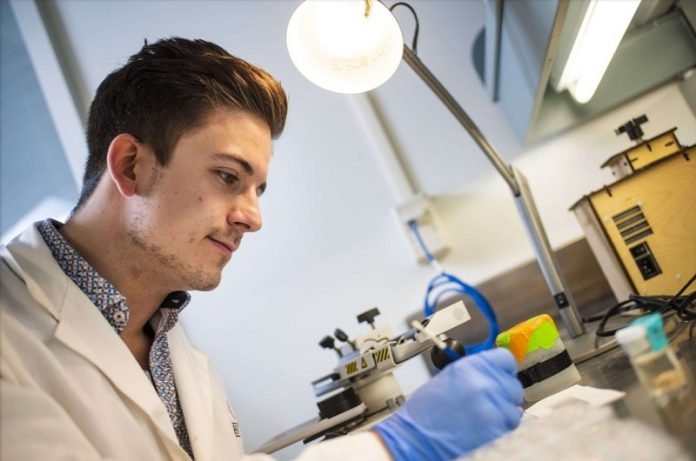
Neuroscientists at the University of Alberta have identified a mechanism that may help build memories during deep sleep, according to a new study.
This study centered on the role of the nucleus reuniens, an area which connects two other brain structures involved in creating memories–the prefrontal cortex and the hippocampus–and may coordinate their activity during slow-wave sleep.
“Slow-waves during sleep benefit our memories for personal experiences, likely due to coordinated activity in the prefrontal cortex and hippocampus,” explained Brandon Hauer, PhD candidate in the Faculty of Science and lead author on the study.
“We found that the nucleus reuniens is responsible for coordinating synchronous, slow-waves between these two structures.
This means that the reuniens may play an essential role for sleep-dependent memory consolidation of events.”
Slow-wave sleep is the deepest stage of sleep, during which the brain oscillates at a very slow, once-per-second rhythm. It is crucial for muscle and brain recovery, and has been shown to play a role in memory consolidation.
“Before this study, we did not know what was responsible for connecting the prefrontal cortex and the hippocampus,” added Hauer, who conducted the research under the supervision of Clay Dickson, professor in the Department of Psychology and Silvia Pagliardini, associate professor in the Department of Physiology.
“This under-studied and relatively unknown brain area likely has a substantial role in forming long-term memories while you sleep.
So if you studied hard for a test and then slept on it, you may have to thank your nucleus reuniens for turning that knowledge into a more permanent memory.”
Written by Katie Willis.



